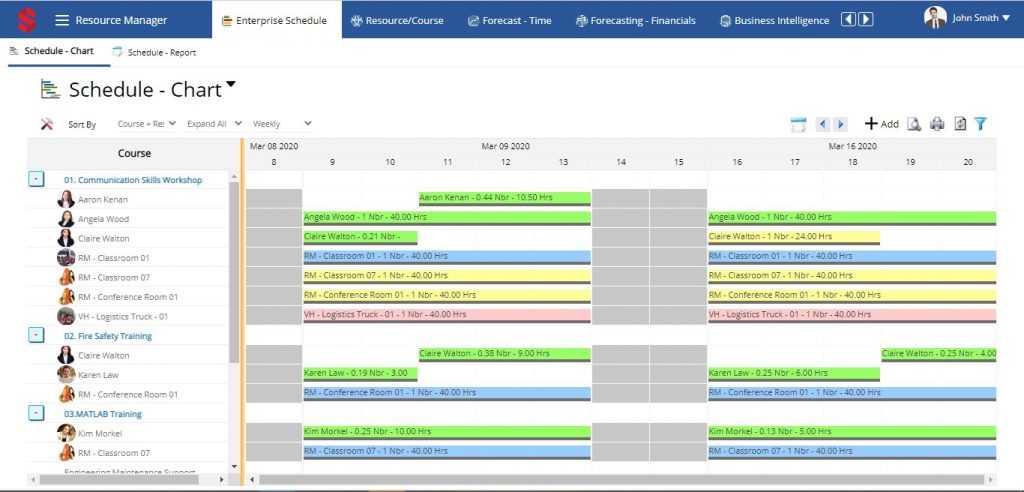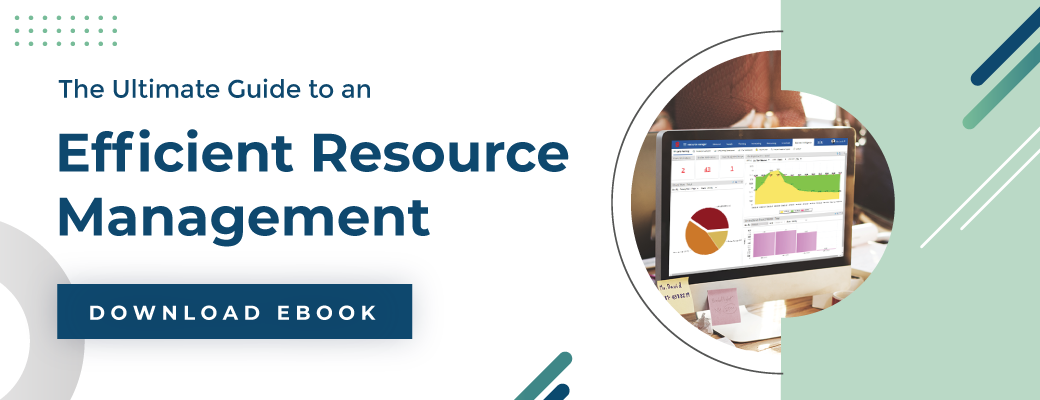When life hands you lemons, make lemonade!
Besides putting a positive spin on things, this quote encourages you to make the best out of a bad situation. No one needs this boost more than a project manager, who has to overcome several hurdles while overseeing different projects simultaneously.
Ultimately, without the right support and tools along the way, everyone suffers, including you! So, wouldn’t you grab hold of a tool that helps you keep the peace without losing the big picture?
An easy project resource plan template-project could be a good starting point. Besides consolidating all your resources and project information, it also encourages uniformity.
Flexible to create and share, while the template may not solve all your problems, it can help tone down your pain points. For example, it can record roles and responsibilities, thus narrowing down your search for the right people for a specific task.
Scroll on to continue!

So to get your spreadsheet game going right, you really need to understand the nuances of smart resource management.
Here are the particulars your project resource planning template should contain to make it comprehensive, yet easy to understand:
Project details:
Clients typically delegate projects with a fixed deliverable in mind. But it is your staff who devise the means to bring this product to life. Therefore, giving your staff as much information as possible about the project allows them to prepare for it. Project details can include the name, type of project, timelines, methodology, processes and calendar details.
Processes and methodology:
This varies widely by industry and specialism. Software companies, for example, are increasingly embracing agile methods to keep pace with changing requirements.
What starts out on the vision board as a simple product can have multiple effects interjected into it. This means you’ll have to factor in the possibility of adding more skilled resources or arranging the requisite training for your existing resources. This way, everyone pulls their weight to get the product delivered in time, regardless of the methodology adopted.
Similarly, for the consulting space, any process has to take in the personnel headcount and their billable hours so that an idea of what is consuming these resources can be studied.
Start and End dates:
Recording this at the start sets a realistic and reasonable timeline within which the work should finish. A year-long calendar can hold information about both your long and short-term project cycles which can help you plan for the future. Moreover, calendars schedule your projects historically. It tells you if a project finished earlier than expected or was prematurely cancelled, delayed, rescheduled or incomplete.
New dates can be entered accordingly for which those projects can be reworked. Knowing how your previous projects fared helps you select projects that yield high returns. With this information, your teams can look holistically at project activity and manage their time and commitment levels.
Resource Details:
Resource activity is recorded by describing the type, quantity, skills and availability of resources. Your workforce is at its productive best when it’s allocated smartly. Put simply, each team member’s workload is optimally balanced which enables them to produce their best efforts while supporting other members as and when required.
This way, your plan doubles up as your resource planning guide too. Typically, your resource section must document utilization percentages, which fosters healthy collaborations. Here are some columns that when created, simplify the view:
Read More
The Definitive Guide to Resource Scheduling and Planning
Teams
This column contains resource information including the role, department, name and seniority of the said resource. It also points out the number of people required comprising the team.
Resources:
The basic information here outlines an employee’s name, designation, skills set, current and future availability. Availability factors in company allowances like medical and paid leave so that a resource isn’t allocated work that they’re unable to take up.
Utilization Rate:
In a work week, resources can distribute their hours on several projects in different proportions. Utilization rate denotes whether or not their hours were optimally utilized. As a percentage, it lets you make sure that a paid resource works the assigned hours he/she is supposed to.
Advantages of the Resource Plan template
The order by which tasks are prioritized ensures your action items are executed as planned. A template essentially streamlines your project plan.
Below are some benefits Saviom’s resource template gives you:
- It’s easy to get up and running.
- It informs people of what is expected of them. They’ll be poised to take control over their own roles and responsibilities while rendering support to their team members after identifying task interdependencies.
- It displays updates and changes made, bringing everyone up to speed.
- A resource plan template filters out resources such that it displays the closest match between the resource and task so that the right skill set is deployed.
If you’re a large enterprise, you’ll often find yourself facing either a shortage or surplus of people. Under such circumstances, you’ll know for a fact that your organization has outgrown the spreadsheet phase and requires a real, fully-equipped resource planning tool.
To simplify it further, we present the ready-to-use Saviom Resource Template that covers some of the features mentioned in this article, up for grabs! Download it now to give your internal resource management process a head-start!
A resource plan or a headcount planning template is a good start when you’re testing out the waters. That being said, an ERM solution permanently ends the chaos arising from multiple spreadsheets.
Coupled with real-time business intelligence and forecasting, an ERM is built to solve your resource woes for good.
Read More
Maximize Profitable Resource Utilization with Modern Resource Management Software








